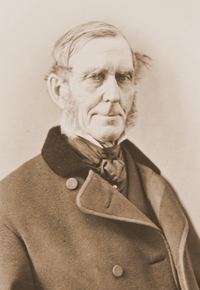
Henry Stanbery
Attorney General of Ohio
1846–1851
As the first Attorney General of Ohio, Henry Stanbery, a Whig, spent much of his term organizing the newly created position. He set up a case-tracking system and a uniform crime report format for county prosecutors and, in 1848, was granted the ability to negotiate with debtors. This gave Stanbery the flexibility to collect the monies owed to the state of Ohio. He also served our country as United States Attorney General during the administration of President Andrew Johnson.
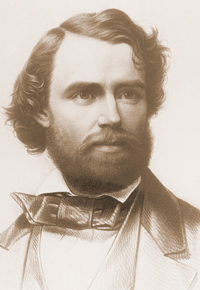
George Ellis Pugh
Attorney General of Ohio
1852–1854
George Ellis Pugh was Ohio's first elected attorney general. When the Mexican War broke out in 1846, he left his private law practice in Cincinnati to serve as captain of the Fourth Regiment, Ohio Volunteer Infantry. His career in public service also included terms in the Ohio House of Representatives, as Cincinnati City Solicitor, and as a United States Senator. His prestige as a politician also won him a spot as a delegate of the 1860 Democratic National Convention.
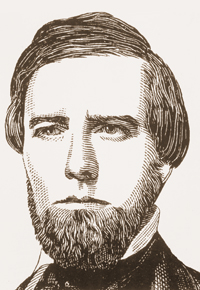
Christopher Parsons Wolcott
Attorney General of Ohio
1856–1861
Christopher Parsons Wolcott won his fame as a lawyer during his term as attorney general. His most famous case was the Wellington Fugitive Slave case. His argument in this case was praised by the Supreme Court of Ohio and was published in full as part of the report of the case. Wolcott received another great honor when appointed assistant secretary of war by President Lincoln in 1862. As assistant secretary, he helped mobilize the nation's armies during a time of great crisis.
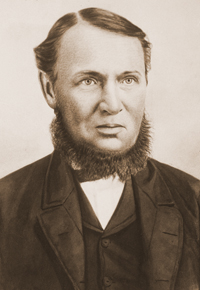
James Murray
Attorney General of Ohio
1861–1863
James Murray served Ohio and the Republican Party not only as attorney general, but also in the private practice of law. He was a prominent attorney in Bowling Green, Ohio for many years. As a lawyer, he limited his practice to the higher courts and general counsel for the D & M Railway. Murray also served Ohio as Judge of Common Pleas Court for many years.
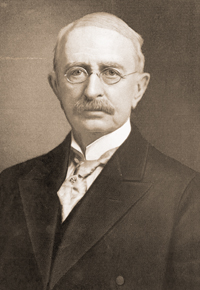
Lyman R. Critchfield
Attorney General of Ohio
1863–1865
Lyman Critchfield was a very active politician for the Democratic Party of Ohio. During his professional career, he worked to combat the public extravagance and corruption of other public officials. At the beginning of the Civil War he made many speeches in favor of the Union and supporting the war to save it. Critchfield also served Ohio as a state senator and prosecuting attorney of Holmes County.
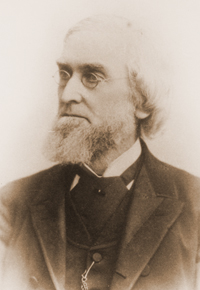
Chauncey Olds
Attorney General of Ohio
1865–1866
Appointed by Governor Brough as attorney general to fill the seat left vacant by William P. Richardson, Chauncey Olds held this office for only a year. Before becoming attorney general, he served as a state senator from 1848 until 1850. He distinguished himself as a public figure during the "Hamilton County Question," a great political controversy of the time. During the Civil War, Olds served as commissioner for exemption from the draft and also dedicated much of his time to the enlistment of volunteers for the war.
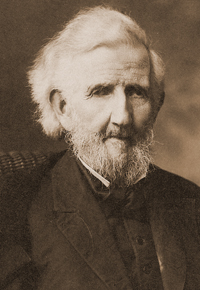
William H. West
Attorney General of Ohio
1866–1868
William H. West was a man of strong convictions, and as a lawyer he was accurate and logical. As a member of the Whig and later the Republican party, his public service in Ohio included terms as a State Representative, and Supreme Court Judge. West was strongly opposed to slavery during the Civil War, and afterwards was an advocate of the reconstruction of the United States. West assisted in the election of President Abraham Lincoln in 1860, this was regarded as one of his greatest accomplishments.
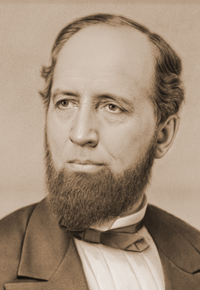
Francis Bates Pond
Attorney General of Ohio
1868–1872
Francis Bates Pond was very active in public service. In addition to his two terms as Ohio Attorney General, he served extensively in the military and in the Ohio House of Representatives. He earned his fame, however, for the passage of the "Pond Bill" during his two terms as state senator. This bill created a tax on intoxicating liquors in order to restrict buying and selling of the products. This was the beginning of a set of laws that required certain businesses to bear part of the public burden that they created.
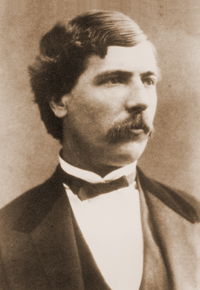
John Littler
Attorney General of Ohio
1872–1878
During his service as attorney general, John Little was sent by President Hayes to the Florida Returning Board to help prevent an unfair decision. He also served as Ohio Adjutent General and, during this time, stopped a strike in southeast Ohio and helped to avert bloodshed. His reputation earned him an appointment by President Harrison to the United States and Venezuela Claims Commission and was later appointed to the Ohio State Board of Arbitration by President McKinley.
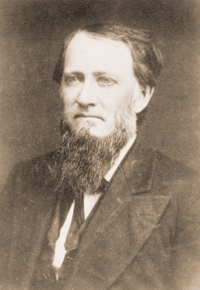
Isaiah Pillars
Attorney General of Ohio
1878–1880
Isaiah Pillars was known throughout the state for his progressive ideas. He was the author of a report in favor of the abolition of capital punishment and also opposed the levying of a tax law for the purpose of railroad construction. Although he began his career in public service as a Republican, he abandoned that party and was elected to the Office of Attorney General as a Democrat. As a young man, he served Ohio as colonel of the 81st, 99th, and 118th Regiments of the Ohio Volunteer Infantry.
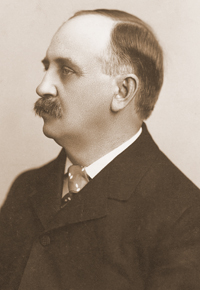
George K. Nash
Attorney General of Ohio
1880–1883
George Nash is well known for serving as Ohio's 41st governor. During his administration, he passed laws that gave the governor more control in local management of the state and also raised corporate income taxes and decreased property taxes. His career in public service earned him the reputation of being an able and forceful leader. Nash left the Office of Attorney General after being appointed to an Ohio Supreme Court commission to help the court finish hearing all its cases.
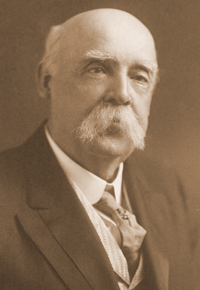
David Adams Hollingsworth
Attorney General of Ohio
1883–1884
David Adams Hollingsworth was appointed to the Office of Attorney General to fill the remainder of George Nash's term. He also served two terms in the Ohio Senate where he passed the "Hollingsworth Insurance Law." This law reformed the lax laws governing co-operative life insurance companies in Ohio. During the Civil War, Hollingsworth served in Company B, 25th Ohio Volunteer Infantry and was stationed at Camp Chase.
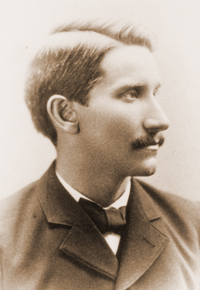
James Lawrence
Attorney General of Ohio
1884–1886
James Lawrence possessed a sense of justice and honor that won him confidence and respect throughout his career. In 1851, he represented the Democratic Party at the Constitutional Convention. His career in public service also included one term as a state representative and three terms as a state senator.
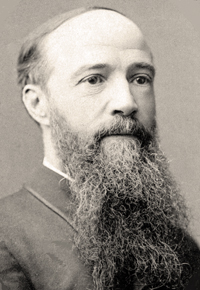
Jacob A. Kohler
Attorney General of Ohio
1886–1888
During his career in public service, Jacob Kohler earned acclaim from the judiciary of the state and the members of the legal profession for his opinions on the construction of statutes and their constitutionality. He served the Republican Party of Ohio in the State Legislature for five years prior to becoming attorney general. In 1895, he was elected judge of the court of common pleas for Medina, Lorain, and Summit Counties.
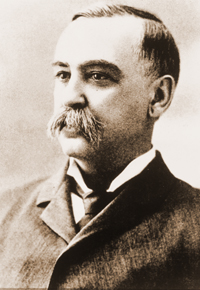
David K. Watson
Attorney General of Ohio
1888–1892
While attorney general, Watson brought a famous lawsuit against the Standard Oil Company. In this lawsuit Mr. Watson charged Standard Oil with using illegal trusts to create a monopoly in the oil market. Attorney General Watson won the case, and the trust was dissolved. He was one of the first to take action against illegally organized and conducted corporate power. In 1893, he was appointed by President Harrison to conduct lawsuits brought by the United States against the Pacific railroads.
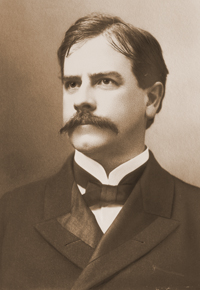
John K. Richards
Attorney General of Ohio
1892–1896
During his term as attorney general, John K. Richards devoted much of his time to interpreting and expounding on Ohio's Taxation Laws. As a result of his efforts, privileges and franchises became subject to taxation. In 1897, he was appointed solicitor general of the United States by President McKinley and was in charge of a very large number of important cases. These included several cases involving the Sherman Anti-trust Law and a case that helped to define the powers of the president and congress.
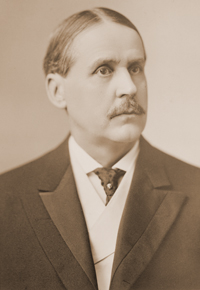
Frank S. Monnett
Attorney General of Ohio
1896–1900
Frank Monnett earned acclaim while practicing private law. He participated in a large number of personal injury cases involving railroad workers. As attorney general, he was hailed as an enthusiastic worker who loved his profession. He also served as city solicitor of Crawford, where he earned the respect of local railway companies and manufacturers.
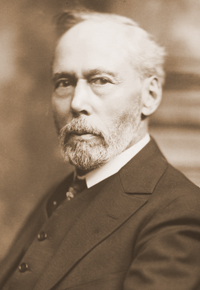
John M. Sheets
Attorney General of Ohio
1900–1904
John M. Sheets began his career in public service as a judge of the Common Pleas Court for Fulton, Henry, and Putnam Counties. When he took office, the court was very overcrowded, but Sheets soon developed a suitable business practice and entirely cleared the docket. At the Republican State Convention in 1899, he was unanimously nominated as the candidate for attorney general and was elected by a large majority. He was re-elected in 1901.
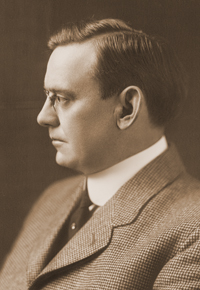
Wade H. Ellis
Attorney General of Ohio
1904–1908
As Attorney General of Ohio, Wade Ellis worked to better enforce the anti-trust laws and brought cases against many companies, including, Standard Oil. His enforcement of tax laws resulted in the collection of many delinquent claims and raised enough money to pay the expenses for the attorney general's office and the secretary of state's office. Ellis was active at Republican State Conventions and, in 1907, was appointed Chairman of the Tax Commission by the governor.
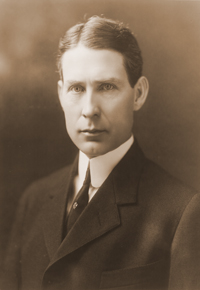
Ulysses G. Denman
Attorney General of Ohio
1908–1911
Ulysses Denman earned his fame as a lawyer in the courts of Lucas County and during his service in the Ohio Legislature. He was chairman of the Ohio House of Representatives Committee on Fees and Salaries and a member of the Judiciary and Municipal Affairs Committees. Denman worked to pass a general code for municipalities, and with the help of Wade Ellis and Governor Nash, the code was formed. He was nominated for the position of attorney general during the Republican State Convention of 1908.
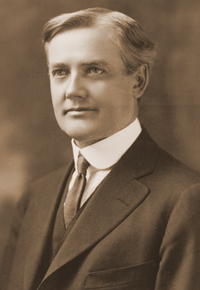
Timothy S. Hogan
Attorney General of Ohio
1911–1915
Before becoming attorney general, Timothy Hogan practiced law in Wellston, Ohio. During his career as a lawyer, he never lost a murder case in Ohio. He was also counsel in the case of West Virginia, Dungan v. the Davis Coal and Coke Co., which was finally settled in favor of Hogan's client. Although he lost bids for Congress in 1896 and attorney general in 1908, he was again nominated for attorney general by the Democratic Party in 1910 and was elected for two consecutive terms.
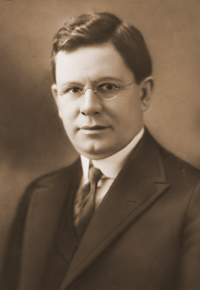
Edward C. Turner
Attorney General of Ohio
1915–1917, 1927–1929
Edward Turner was hailed for his efficiency, economy, and impartiality during his terms as attorney general. During the first eight months of his administration, he collected the largest amount of money from the largest number of people ever collected in the history of the office up to that point. Turner collected $441,369.35 during the fiscal year ending in June 1916. He also assisted the Bureau of Inspection and Supervision of Public Offices collecting money misused by local officials and others.
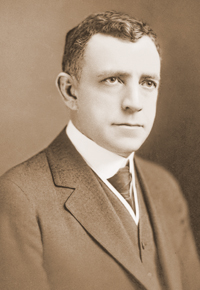
Joseph McGhee
Attorney General of Ohio
1917–1919
Joseph McGhee held office when the Worker's Compensation Law was passed that gave the attorney general the responsibility to collect premiums due from employers and to enforce awards made through this law. The legislature also passed a law during this time that made the attorney general's office the collection department for almost all claims made by the state of Ohio. He was attorney general during World War I and gave advice and solved legal problems related to the war.
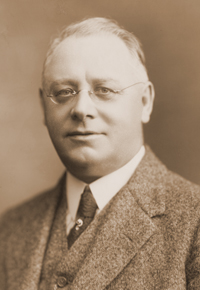
John G. Price
Attorney General of Ohio
1919–1923
John Price was very successful as attorney general of Ohio. He collected $182,944.49 more than Joseph McGhee during his first 18 months in office. Price also drafted an amendment to the Worker's Compensation Law that was passed by the 83rd General Assembly. This amendment eliminated the loopholes in the previous law. Before becoming attorney general, he was a member of the Recreation Commission and was active in establishing the Boy Scouts in Columbus.
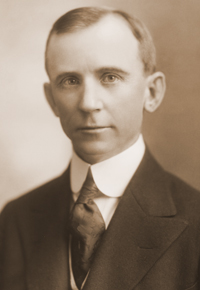
Charles C. Crabbe
Attorney General of Ohio
1923–1927
Charles Crabbe was a staunch advocate of prohibition and the Republican Party. During his term in the legislature, he passed laws in favor of prohibition and was very involved in temperance legislation as well. Crabbe was a member of the Joint Legislative Committee on Administrative Reform and eventually became secretary of that committee.
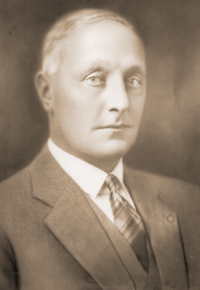
Gilbert Bettman
Attorney General of Ohio
1929–1933
Gilbert Bettman personally conducted and secured convictions in a Cleveland voter fraud investigation during his term as attorney general. He began his career in public service as Counsel Director of the War Risk Bureau, and during World War I he was a captain in the United States Army. After the war, he was elected chairman of the National Committee on War Risk Insurance and, in 1920, was appointed to the Land Settlement and Home Aide Committee.
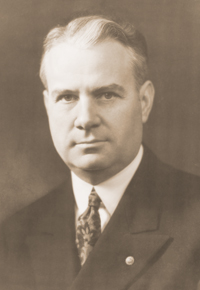
John W. Bricker
Attorney General of Ohio
1933–1937
John Bricker's service to Ohio began when he served as a chaplain in the United States Army during WWI. He gained experience early in his political career as assistant attorney general and counsel to the Public Utilities Commission of Ohio. His service as attorney general won him the Republican nomination for governor in 1936 and he was elected for three consecutive terms. As governor, Bricker took action against the growing centralization of government and the growing dependence on federal bureaucracy.
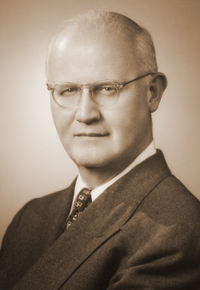
Herbert S. Duffy
Attorney General of Ohio
1937–1939, 1949–1951
During his terms as attorney general, Herbert Duffy settled a famous case against the Ohio Bell Telephone Company. This case was brought before the Public Utilities Commission of Ohio, the Supreme Court of Ohio, and the United States Supreme Court before it was finally settled, a process that lasted 14 years. Duffy also served Ohio as national commander of the American Legion at the Inter-Allied War Veteran's Congress in Brussels, Belgium, in 1935.
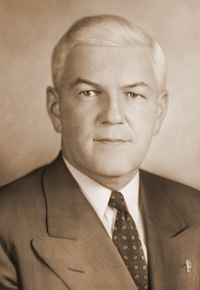
Thomas J. Herbert
Attorney General of Ohio
1939–1945
Thomas Herbert earned much political acclaim during his terms as attorney general. While in office, he served as a member of the Board of Managers of the Council of State Governments and of the House of Delegates of the American Bar Association. He was also elected president of the National Association of Attorneys General. Herbert also served as Ohio's 56th governor and enacted six laws reducing certain taxes and initiated many programs to help the citizens of Ohio.
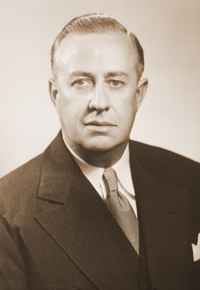
Hugh S. Jenkins
Attorney General of Ohio
1945–1949
Hugh Jenkins took an active role in the American, Ohio, and Mahoning County Bar Associations during his service as attorney general. Before being elected to the Office of Attorney General, Jenkins served Ohio as chairman of the Board of Tax Appeals. He was also the administrator of the Ohio State Bureau of Unemployment Compensation.
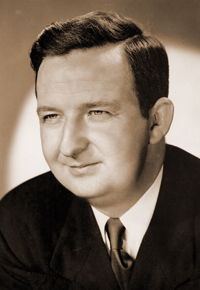
C. William O'Neill
Attorney General of Ohio
1951–1957
One of C. William O'Neill's greatest accomplishments as attorney general was his investigation of the narcotics traffic in Ohio. He drafted a narcotics control bill, which was passed in 1955. O'Neill also served as governor of Ohio. During his administration, he promoted the construction of freeways and divided highways in order to connect distant towns and cities. He also proposed a "right to work act," which would have made union shops illegal, had it not been eliminated.
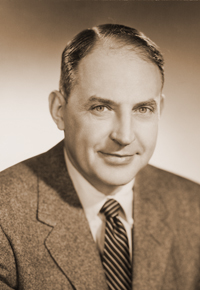
William B. Saxbe
Attorney General of Ohio
1957–1959, 1963–1969
During his term as Ohio Attorney General, William Saxbe supported capital punishment and argued for longer prison sentences when a gun was used to commit a crime. He described his philosophy as "conservative on money and crime" and "liberal on the rights of people." Saxbe was appointed U.S. Attorney General in late 1973 by President Richard Nixon and served during the Watergate scandal where he was involved in the legal issues surrounding the Watergate tapes.
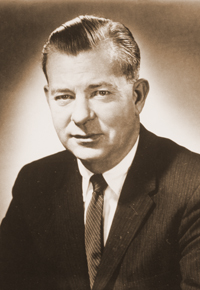
Mark McElroy
Attorney General of Ohio
1959–1963
Mark McElroy served Ohio as a state representative and state senator before defeating William Saxbe for the post of attorney general in 1958. He was the Democratic candidate for governor in 1962 and 1970, but was defeated in both the primaries. McElroy also served Cuyahoga County for many years as county recorder. He was elected to that position five times.
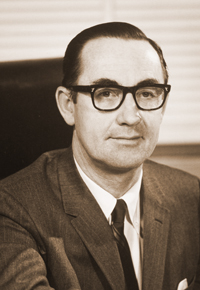
Paul W. Brown
Attorney General of Ohio
1969–1971
Paul Brown served as attorney general during a very difficult time in our nation's history. As a political figure during the Vietnam War, he was required to issue political opinions, create programs for aid and deal with many other issues. Brown's service to his country began when he served in the U.S. Army during World War II. He also served as a judge for the Ohio Court of Appeals and Justice of the Supreme Court of Ohio.
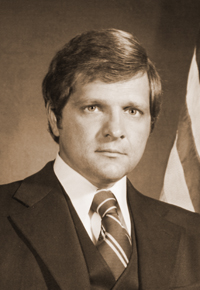
William J. Brown
Attorney General of Ohio
1971–1983
As attorney general William Brown created the first Consumer Protection Section. Before becoming attorney general he earned acclaim as a lawyer for the Office of Equal Opportunity in Youngstown, Ohio. He became involved in politics when serving as chairman for the Humphrey for President campaign in Columbiana County. In addition to serving as attorney general, Brown served in the United States Army from 1963 to 1969.
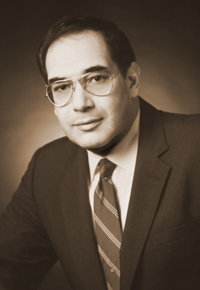
Anthony J. Celebrezze, Jr.
Attorney General of Ohio
1983–1991
Anthony Celebrezze, Jr. was known for his honesty and fairness during his terms as Ohio Attorney General. He also made efforts to protect consumers and the environment during his service in the office. Celebrezze also served Ohio as secretary of state and a state senator. He was the Democratic candidate for governor in 1990, but was defeated by Republican George Voinovich.
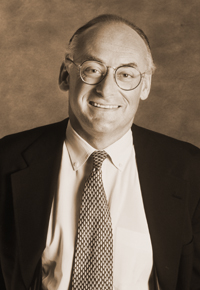
Lee Fisher
Attorney General of Ohio
1991–1995
Lee Fisher served Ohio for nearly 15 years as a state representative, state senator, and attorney general. During his term as attorney general, he created the first-ever children's protection section and established Ohio's Missing Children Clearing House. "Project Safe Schools" was also established to combat violence in schools through education, mediation, and intervention. Fisher also developed "Project Wish List," which was the state's largest individual and corporate assistance program at the time.
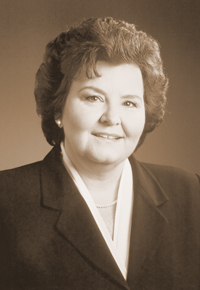
Betty D. Montgomery
Attorney General of Ohio
1995–2003
Betty Montgomery was Ohio's first female attorney general. During her term, she increased state support for local law enforcement and upgraded the state's crime labs. Her top priority as attorney general was the protection of Ohio's seniors, youth, and crime victims. In addition to serving as attorney general, Montgomery was Ohio's first female auditor of state and served as a state senator.
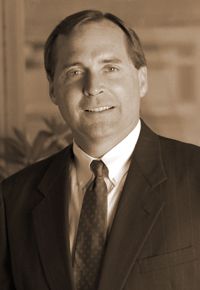
Jim Petro
Attorney General of Ohio
2003–2007
Petro’s term as Attorney General was highlighted by his various initiatives directed at protecting Ohio’s children and elderly populations and providing assistance to the law enforcement community. A Republican from Cuyahoga County, Petro attended Denison University and Case Western Reserve University School of Law. He has served as City Prosecutor, Member of Council, and Director of Law in Rocky River, Ohio. Petro was elected to the Ohio House of Representatives in 1980, as Cuyahoga county Commissioner in 1990, and Auditor of State in 1995.
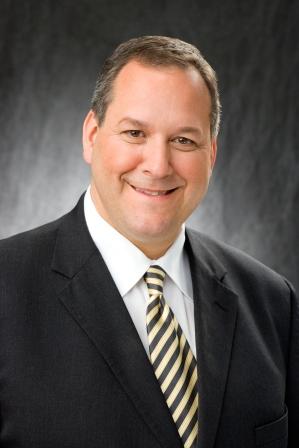
Marc Dann
Attorney General of Ohio
2007–2008
Marc Dann was an attorney in private practice for 16 years before being elected Attorney General of Ohio. He also represented the 32ne Ohio Senate District from 2003-2006. As Attorney General, he was an energetic advocate for the people of Ohio and focused particular attention on consumer rights and mortgage fraud. He enhanced the services the Office provides to Ohioans and forged new partnerships with law enforcement. Dann resigned from office on May 14, 2008.
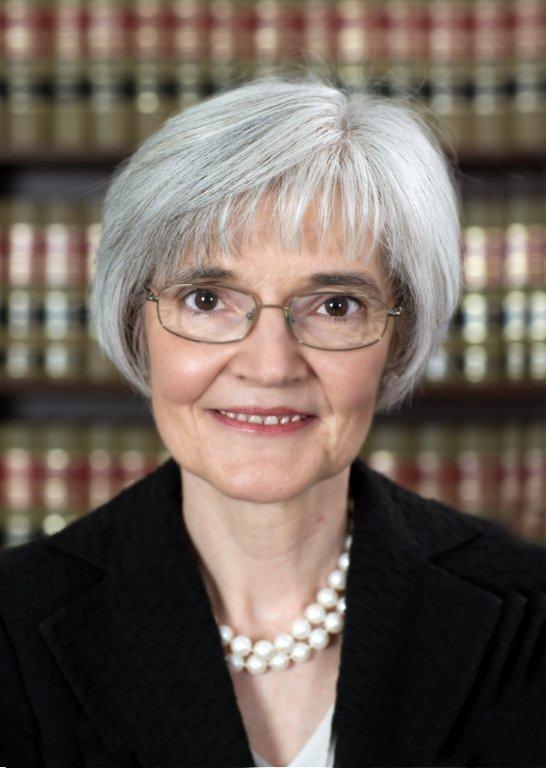
Nancy H. Rogers
Attorney General of Ohio
2008–2009
Nancy H. Rogers was appointed by the Governor to be Ohio’s 48th Attorney General. She is remembered for her work with colleagues in returning stability to, and restoring public confidence in, the Office of the Attorney General. Rogers enhanced the effectiveness of the Office by developing and encouraging a diversity plan and cultivating an environment where all employees are treated with respect. Prior to becoming Attorney General, Rogers was the Dean of The Ohio State University Moritz College of Law.
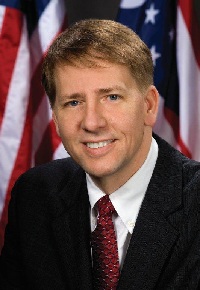
Richard Cordray
Attorney General of Ohio
2009–2011
As Attorney General, Richard Codray stood on the side of Ohio families and households in need of help. He responded to excesses on Wall Street by recovering billions for workers and retirees. He expanded consumer protection services to help small businesses and non-profits. Cordray supported law enforcement by cutting response times for lab tests, improving tools for officers on the streets, reforming training requirements, and fighting human trafficking. He personally argued and won important cases in the Ohio and U.S. Supreme Courts.
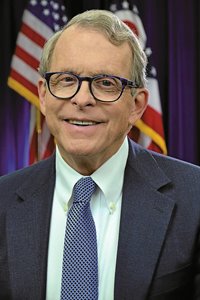
Mike DeWine
Attorney General of Ohio
2011–2019
Mike DeWine's mission as Attorney General was protecting Ohio's families. He did this in a number of ways, including expanding the capacity of BCI's crime labs and reducing the time it took to return DNA and drug tests. DeWine initiated the Sexual Assault Kit Testing Initiative, which tested more than 14,000 previously untested rape kits and led to hundreds of indictments. Major litigation under DeWine included an antitrust suit against suppliers of rock salt to Ohio local governments, the signing of the National Mortgage Settlement, and lawsuits against opioid manufacturers and distributors.